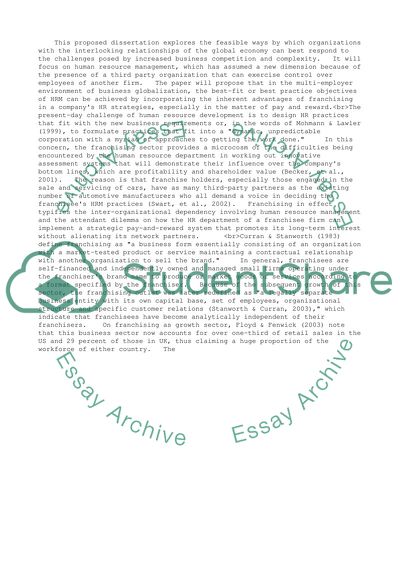Cite this document
(“Inter-Organizational Relationships Assignment Example | Topics and Well Written Essays - 3000 words”, n.d.)
Inter-Organizational Relationships Assignment Example | Topics and Well Written Essays - 3000 words. Retrieved from https://studentshare.org/business/1530325-inter-organizational-relationships
Inter-Organizational Relationships Assignment Example | Topics and Well Written Essays - 3000 words. Retrieved from https://studentshare.org/business/1530325-inter-organizational-relationships
(Inter-Organizational Relationships Assignment Example | Topics and Well Written Essays - 3000 Words)
Inter-Organizational Relationships Assignment Example | Topics and Well Written Essays - 3000 Words. https://studentshare.org/business/1530325-inter-organizational-relationships.
Inter-Organizational Relationships Assignment Example | Topics and Well Written Essays - 3000 Words. https://studentshare.org/business/1530325-inter-organizational-relationships.
“Inter-Organizational Relationships Assignment Example | Topics and Well Written Essays - 3000 Words”, n.d. https://studentshare.org/business/1530325-inter-organizational-relationships.


